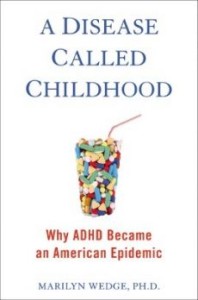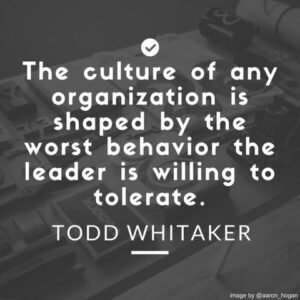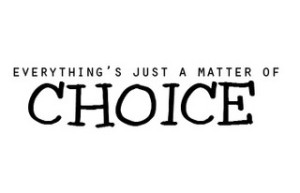“Education experts” fight over how much in-school and out-of-school factors contribute to student’s outcomes. Meanwhile, headlines in my newspaper today read, “Doctors help students make the grade — with drugs.” I thought it was going to be about college students; it wasn’t.
They talked about young students, adolescents! If a student has “trouble listening to instructions and concentrating,” there’s a drug for that. Need a competitive edge, there’s a drug for that. I know I’m not the only one that sees the wrong in this.
So where do we point the finger of blame; “overcrowded classrooms,” the “frustrated parents” asking for the drugs, competition and the need for kids to “perform better”? Or will we hear the truth in what this pediatrician said,
“We’ve decided as a society that it’s too expensive to modify the kid’s environment, so we have to modify the kid.”

Why French Kids Don’t Have ADHD https://www.psychologytoday.com/blog/suffer-the-children/201203/why-french-kids-dont-have-adhd
We don’t have time or resources to work with these troubled kids, but, we have a drug for that. This kind of “medical reasoning” will keep some Wall Street stock numbers up. Some will enjoy that high.
This isn’t just one dramatization, it’s wide-spread and it’s real.
Long ago, teacher Sarah McIntosh Puglist described the culture of her school to me as “test-based.” Yesterday she wrote about the culture once again saying, “…now I’m afraid many look upon struggling kids as something to resent.” Have children become a bother to society?
All should be able to see that the school culture can’t help but be influenced by the culture of our society. This is assuming that people (kids and adults alike) don’t quit being people when they walk through the schoolhouse doors.
If ever there is a time to stop and think, this is it.
“Let us put our minds together and see what life we can make for our children.” Sitting Bull


